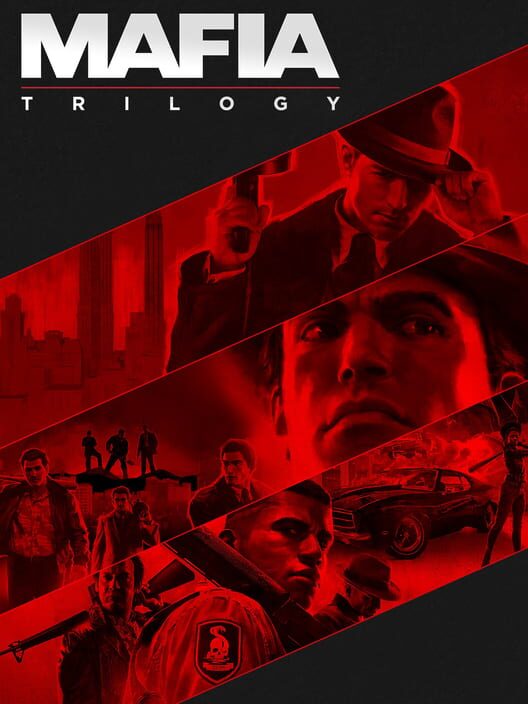

The American Mafia, a separate entity from the Mafia in Sicily, came to power in the 1920s Prohibition era after the success of Italian-American neighborhood gangs in the booming bootleg liquor business. Over the next few decades, the Sicilian Mafia flourished, expanding its criminal empire and becoming, by the 1970s, a major player in international narcotics trafficking. However, in the 1950s, the Mafia rose again when mob-backed construction companies dominated the post- World War II building boom in Sicily. The Mafia’s influence in Sicily grew until the 1920s, when Prime Minister Benito Mussolini came to power and launched a brutal crackdown on mobsters, who he viewed as a threat to his Fascist regime. Even the Catholic Church was involved with Mafia clans during this period, according to Raab, who notes that the church relied on Mafiosi to monitor its massive property holdings in Sicily and keep tenant farmers in line. The Mafia became adept at political corruption and intimidated people to vote for certain candidates, who were in turn beholden to the Mafia. The government believed this arrangement would be temporary, lasting just long enough for Rome to gain control instead, the Mafia clans expanded their criminal activities and further entrenched themselves in Sicilian politics and the economy. In the 1870s, Roman officials even asked Sicilian Mafia clans to help them by going after dangerous, independent criminal bands in exchange, officials would look the other way as the Mafia continued its protection shakedowns of landowners. However, chaos and crime reigned across the island as the fledgling Italian government tried to establish itself. In 1861, Sicily became a province of recently unified Italy. From this history, the Sicilian Mafia emerged as a collection of criminal clans or families.Ĩ Fascinating Facts About Ancient Roman Medicine The Mafia on the Rise in Italy By the 19th century, small private armies known as “mafie” took advantage of the frequently violent, chaotic conditions in Sicily and extorted protection money from landowners. These groups, which later became known as clans or families, developed their own system for justice and retribution, carrying out their actions in secret.

The residents of this small island formed groups to protect themselves from the often-hostile occupying forces, as well as from other regional groups of Sicilians. The Mafia’s Sicilian Rootsįor centuries, Sicily, an island in the Mediterranean Sea between North Africa and the Italian mainland, was ruled by a long line of foreign invaders, including the Phoenicians, Romans, Arabs, French and Spanish.
#Will there ever be a mafia 4 code
The American Mafia, which rose to power in the 1920s, is a separate entity from the Mafia in Italy, although they share such traditions as omerta, a code of conduct and loyalty. By the 19th century, some of these groups emerged as private armies, or “mafie,” who extorted protection money from landowners and eventually became the violent criminal organization known today as the Sicilian Mafia. In Sicily, the term “mafioso,” or Mafia member, initially had no criminal connotations and was used to refer to a person who was suspicious of central authority. Sicilians banded together in groups to protect themselves and carry out their own justice.

The Mafia, a network of organized-crime groups based in Italy and America, evolved over centuries in Sicily, an island ruled until the mid-19th century by a long line of foreign invaders. The Mafia in the 20th Century and Beyond.


 0 kommentar(er)
0 kommentar(er)
